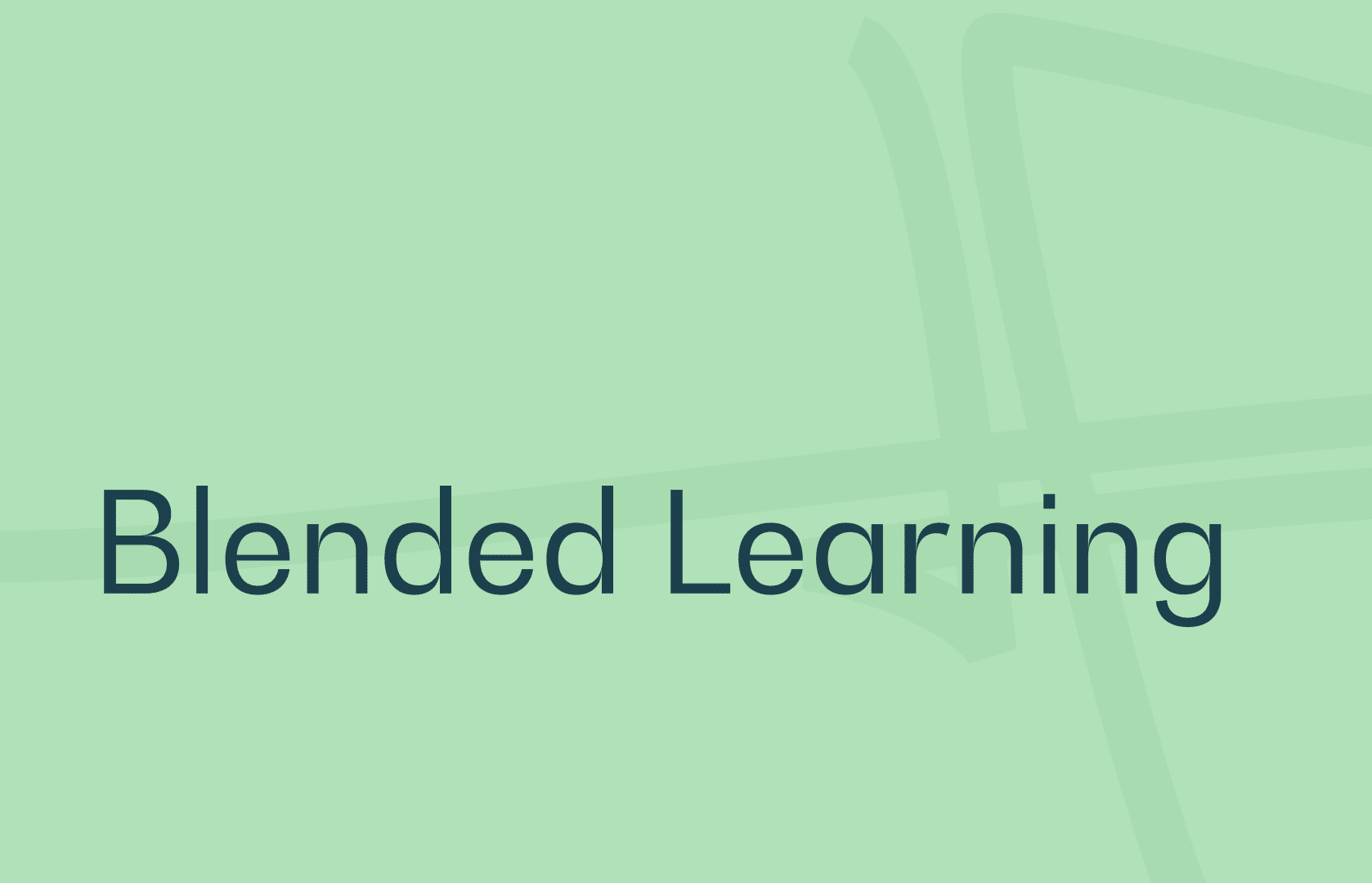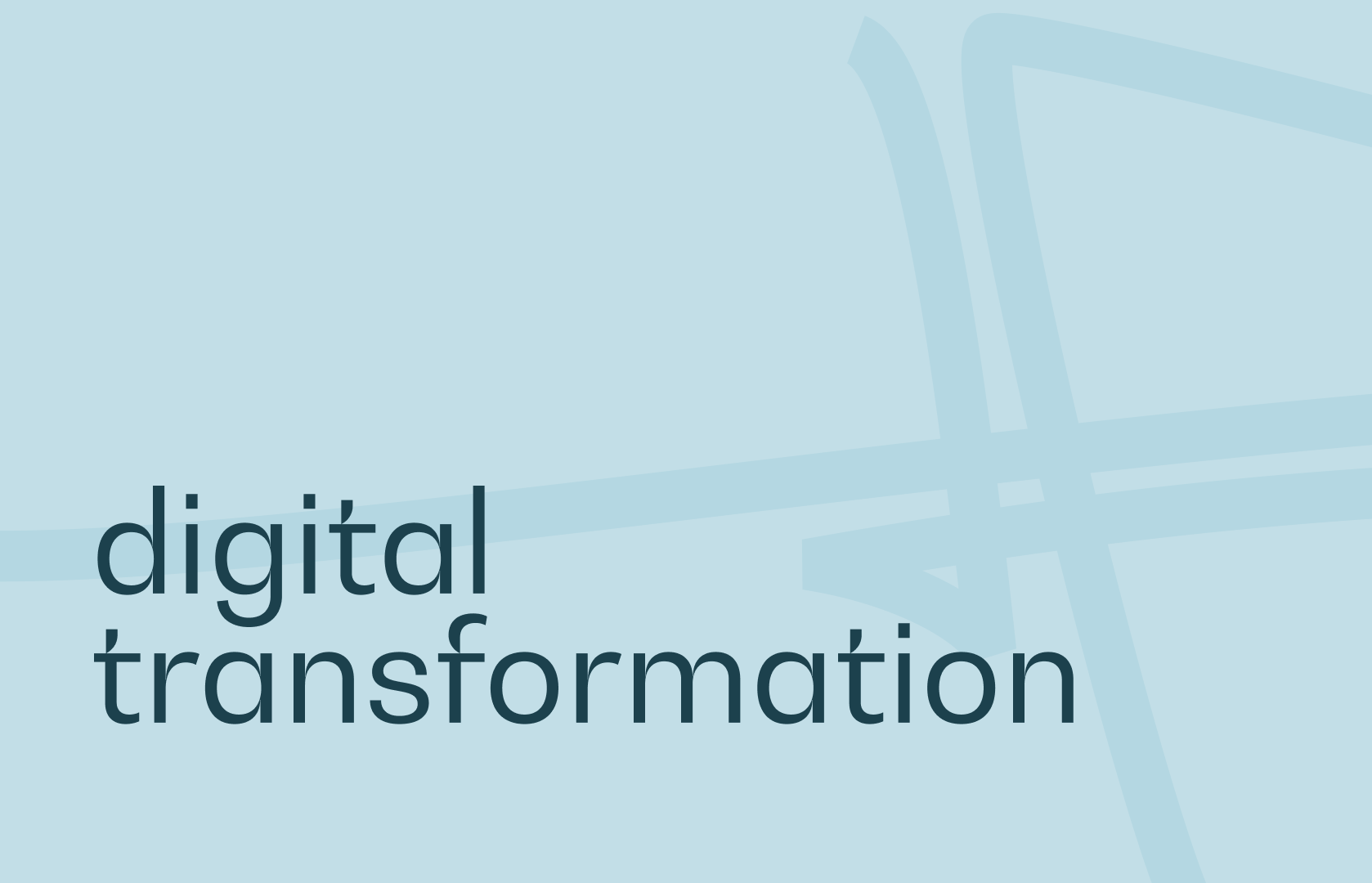The world of education has changed dramatically in recent years, with the advent of innovative educational technologies and the rise of online learning. However, many educators and trainers also recognize the importance of face-to-face interaction and hands-on learning experiences for effective learning.
This is where Blended Learning comes in. This innovative teaching method combines elements of online and offline learning to deliver a complete and personalized learning experience.
In this article, we explore the benefits, challenges and best practices for Blended Learning.
Definition: What is Blended Learning?
Blended Learning is an innovative teaching method that combines the benefits of online and offline learning. Unlike traditional teaching methods that focus exclusively on classroom courses or online modules, Blended Learning uses a combination of these approaches to deliver a more comprehensive and personalized learning experience.
Learners can take online courses at their own pace, participate in live training sessions to acquire practical skills, and benefit from online support.
This teaching method is becoming increasingly popular in educational and professional circles, as it enables learners to benefit from the advantages of both approaches while minimizing their disadvantages. In short, Blended Learning offers a new way of learning that is flexible, adaptive and effective
Who are blended learning courses designed for?
Generally speaking, Blended Learning courses are designed for all learners wishing to acquire new skills or improve their professional performance.
Whether you’re a student, professional or self-employed, this learning method offers considerable advantages in terms of flexibility, efficiency and personalization of learning.
- Learners with busy schedules can take online courses at their own pace, while those who prefer live learning can take part in face-to-face training sessions.
- Companies can also benefit from Blended Learning to train their staff, by offering online training modules and organizing live training sessions to reinforce practical skills.
In short, this type of training offers a versatile learning experience that can be tailored to the needs of every learner, whatever their professional or personal situation.
The benefits of blended learning
Blended Learning offers a number of advantages for learners, such as :
- Flexibility: Learners can take online courses at their own pace, revise the material as often as they like and benefit from online support to answer any questions they may have.
- Personalized learning: Blended Learning enables learning to be tailored to the specific needs of each learner, providing them with learning content adapted to their skill level and learning preferences.
- Effectiveness: Studies show that Blended Learning is more effective than traditional teaching methods, enabling learners to better retain and apply the knowledge they have acquired.
- Live, hands-on learning: Face-to-face training sessions offer live, collaborative, hands-on learning opportunities, as well as immediate, personalized feedback from instructors.
- Value for money: Companies can also benefit from Blended Learning to train their staff, by offering online training modules and organizing live training sessions to reinforce practical skills.
In short, Blended Learning offers a flexible, personalized and effective learning experience that can help learners achieve their learning objectives more quickly and effectively.
The disadvantages of blended learning
Although Blended Learning has many advantages for learners, it can also have some disadvantages, such as:
- High cost: Implementing a Blended Learning program can be costly for organizations, as it requires investment in appropriate technology and infrastructure.
- Limited Internet access: Learners who have difficulty with online tools, or who lack reliable Internet access, may encounter problems taking online courses.
- Managing online interactions: Managing online interactions can be more difficult for instructors, as they cannot directly see learners’ facial expressions and reactions.
- Lack of motivation: Some learners may find that online learning lacks the motivation and commitment they feel in the classroom.
However, these drawbacks can be minimized through proper planning and implementation of the Blended Learning program, as well as effective communication between instructors and learners.
Finally, although this type of learning has some potential drawbacks, its advantages far outweigh its disadvantages, and this innovative teaching method is becoming increasingly popular with educators and professionals alike.
What is blended or hybrid training?
Blended learning, also known as hybrid learning, is a teaching method that combines several learning modes. This pedagogical approach combines elements of online and offline learning to deliver a complete and personalized learning experience.
In other words, blended learning combines the advantages of online and face-to-face learning to deliver a versatile learning experience.
Learners can take online courses at their own pace, participate in live training sessions to acquire practical skills, and benefit from online support to answer their questions. Blended learning is becoming increasingly popular in educational and professional environments, as it enables learners to benefit from the advantages of both approaches while minimizing their disadvantages.
When should Blended Learning be used?
This teaching method can be used in many contexts to offer a more complete and personalized learning experience.
Generally speaking, Blended Learning is particularly suited to the following situations:
- For companies wishing to train their staff efficiently and cost-effectively, while minimizing downtime.
- For students and e-learners looking to enhance their practical skills and benefit from a more interactive learning experience.
- For higher education institutions seeking to adapt their training offer to the changing needs of learners, while offering a more flexible learning experience.
- For not-for-profit organizations looking to offer practical skills training programs to people who are remote or have limited resources.
Generally speaking, whether you’re a student, a professional or a trainer, training delivered using a Blended Learning model can help you achieve your learning objectives faster and more effectively.
How can you make your training courses more dynamic with Blended Learning?
To energize your training courses by combining the advantages of e-learning and face-to-face learning, here are a few tips:
Use multimedia:
Multimedia aids, such as videos, images and infographics, can help maintain learners’ attention and boost engagement.
Encourage interaction:
Use e-learning platforms to encourage interaction between learners, as well as between learners and instructors.
Offer practical exercises:
Hands-on exercises allow learners to apply what they’ve learned and reinforce their practical skills.
Use role-playing:
Role-playing can help learners acquire practical skills by simulating real-life situations.
What are the main differences between e-learning and blended learning?
E-learning and Blended Learning are two online teaching methods with important differences. Whereas e-learning is an exclusively online mode of learning, Blended Learning combines online and face-to-face learning to offer a more complete learning experience that adapts to all learners.
One notable difference is the interactive aspect of the training. E-learning is often less interactive than Blended Learning, as learners are often alone in front of their screens. Blended Learning, on the other hand, offers opportunities for both online and face-to-face interaction.
The notion of flexibility is also a distinguishing feature between these two training methods. Whereas e-learning already offers a high degree of flexibility, with learners able to follow online courses at their own pace, Blended Learning offers even greater flexibility by again combining online and face-to-face learning.
Last but not least, learner engagement plays an essential role in the success of training courses. Blended Learning can offer greater engagement than e-learning, as it combines the benefits of online and face-to-face learning to deliver a more interactive and stimulating learning experience.
This opens up a wide range of possibilities in terms of the training proposition to deliver the best training experience for each individual.




